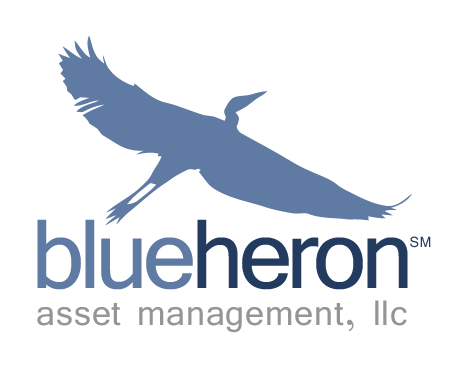PUTTING RATE INCREASES INTO PERSPECTIVE
Rises in the federal funds rate and US 10-year Treasury yields are causing ripples of concern regarding their potential impact on multifamily cap rates and property values. The Federal Open Market Committee (FOMC) will meet on December 13th and 14th and is anticipated to increase its benchmark interest rate for the second time since the onset of the recession. The Federal Reserve enacted the first increase in December 2015 from 0.0% to a target range of 0.25% to 0.50%. Despite this change, U.S. interest rates remained low throughout 2016.
Concerns, however, can be assuaged by the fact that cap rates historically have been proven to be “sticky” in
the face of these monetary forces when economic, demographic, and multifamily fundamentals are solid. “Upon close technical analysis, the correlation between cap rates and Treasury rates turns out to be tenuous,” as Morgan Stanley Investment Management notes, a conclusion that TIAA Global Asset Management echoes in their “Real estate: The impact of rising interest rates” 2016 article. Perhaps The Financial Times’ following analysis puts the current situation into historical context most succinctly: “Even if they concede a quarter-point increase by the end of the year, it will leave the Fed on track for the shallowest rate-lifting cycle in modern times.”
PROTECTIVE FACTORS AGAINST RATE HIKES
It boils down to the following: a Fed interest rate hike is a by-product of strengthening economic conditions, which truly strike at the core of multifamily commercial real estate investment. Various factors provide buffer for such fluctuations, as detailed below.
Job Growth – The U.S. economy has added an average of approximately 180,000 jobs per month in 2016. The nation is in its 7th year of economic recovery and consumer confidence returned to a normal range in 2014. The Conference Boards’ Leading Economic Index (LEI) takes into account a broader range of indicators beyond GDP— unemployment claims, manufacturing new orders, building permits, stock prices, interest rate spreads, consumer expectations, and other factors—to provide an assessment of the U.S. economy and its direction. The U.S. LEI is currently positive; it increased by 0.1% to 124.5 in October 2016 (compared to 100 in 2010) and indicates that the economy will continue to expand in 2017.
Unemployment Rate – The U.S. unemployment rate as of October is 4.9% and has demonstrated nominal fluctuations since August 2015. With an average of 180,000 of new jobs being created monthly and a steady unemployment rate, there is more room for recovery without stirring up inflation.
Investment Horizon & Underwriting – Robust rent growth and value-add programs have fueled NOI across product tranches. Compounding annual NOI increases from strong fundamentals mitigate rising cap rates over an extended period. Further, underwriting standards already factor in cap rate increases into valuations as assets age. As TIAA Global Investors notes, “Investors should not fear cap rate increases that they expect, only the ones that they do not anticipate.”
Relative Investment Value – A reported 75% of sovereign debt carries 1% or less yield and a third of the debt is negative; therefore, the prospect of 8% to 10% cash-on-cash returns has continued to drive investment to the multifamily sector in 2016. Further, the U.S.’ relative economic stability and rule of law remain compelling factors for foreign investment in the U.S.
Moderated Pipeline – Submarket multifamily development pipeline trends can be misleading; overall, multifamily unit deliveries are below historical peaks in the majority of markets and construction costs are keeping multifamily development in check. Further, the current homeownership rate as of the third quarter is 63.5% (65.0% in the South region). This is the lowest the rate has been since 1965 and represents a significant decline from a high of 69.2% in fourth quarter 2004. Therefore, multifamily rental demand is on the rise.
Source: Cushman & Wakefield
Full Article HERE


